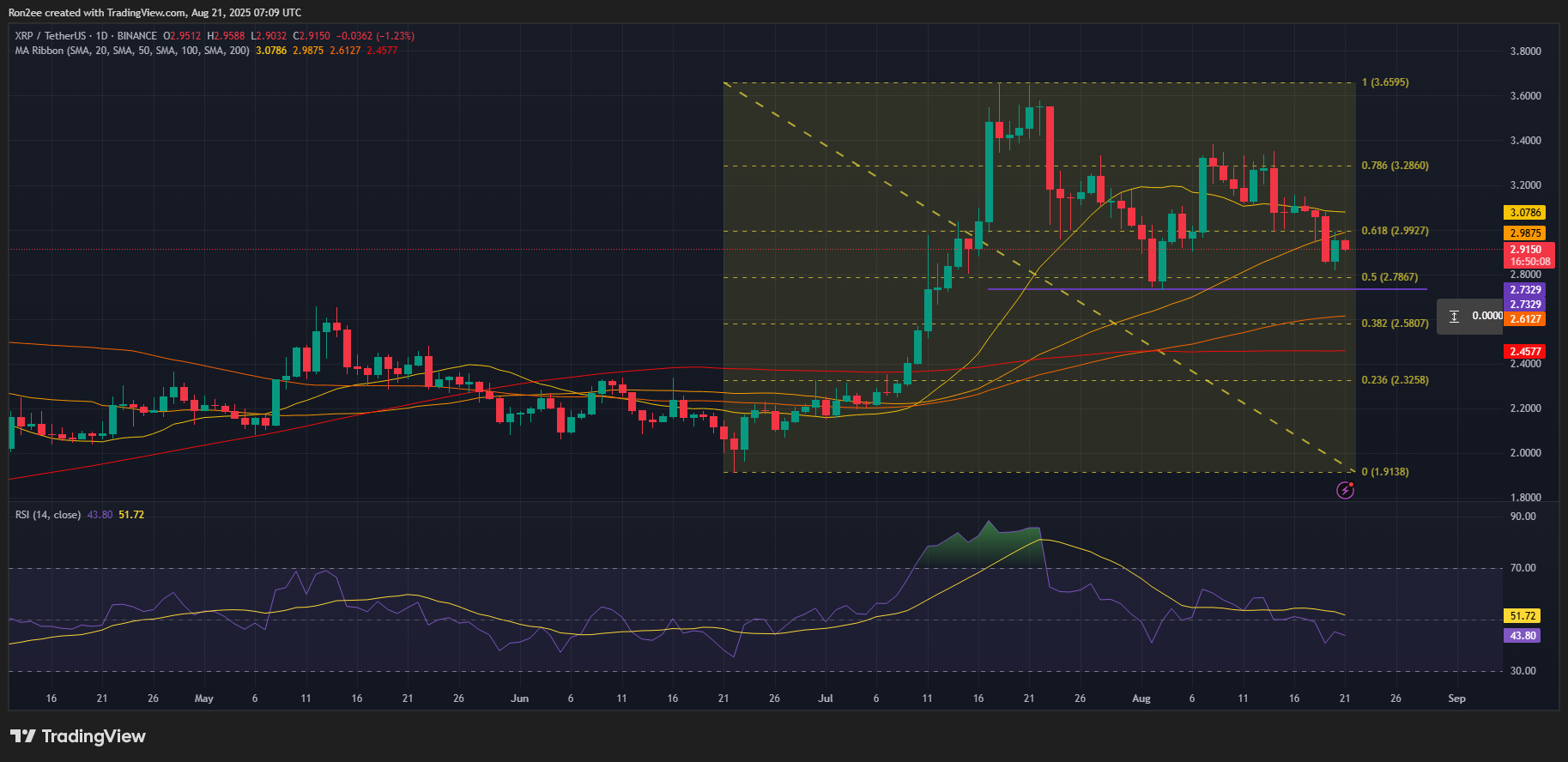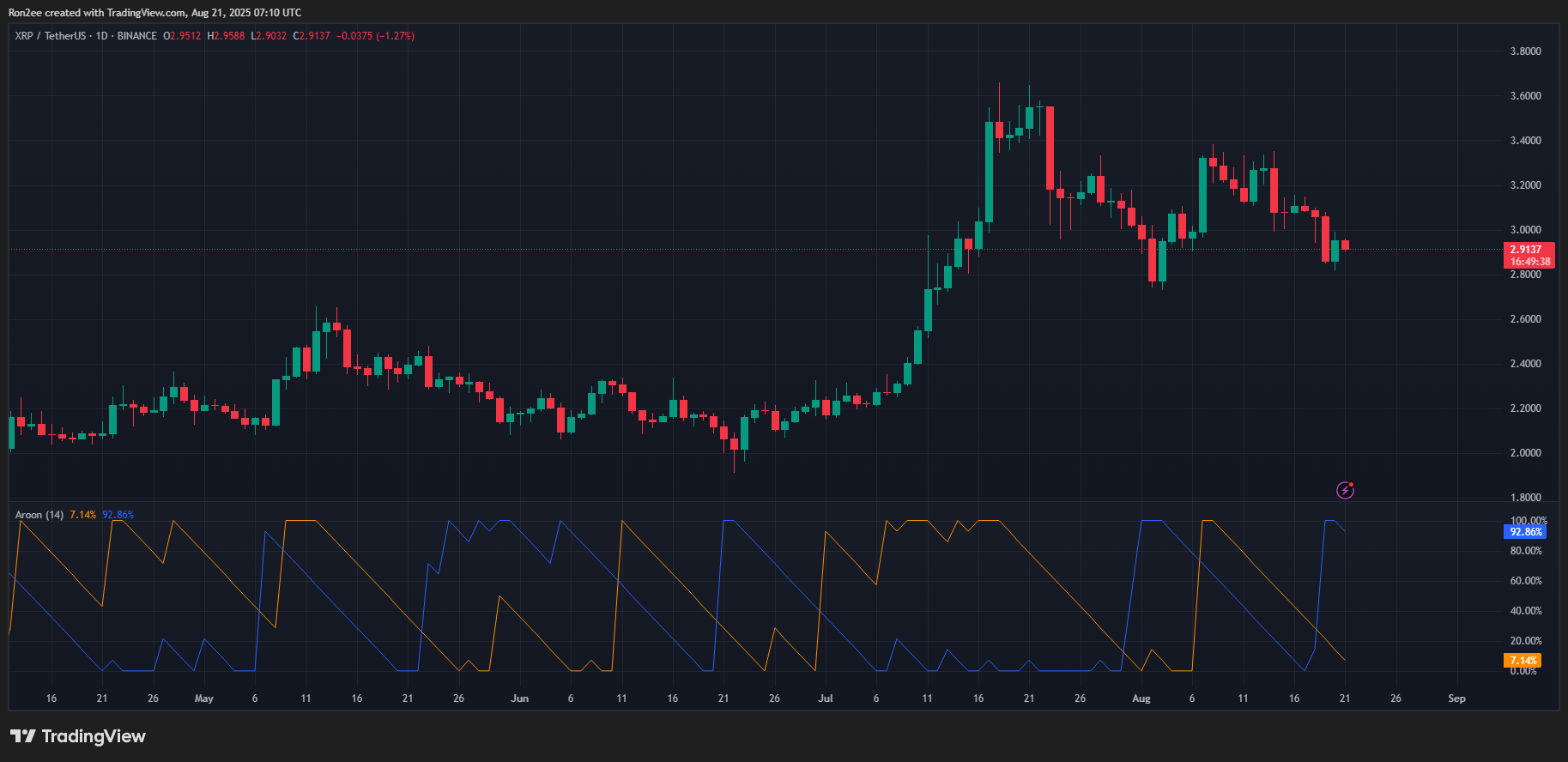GBP/USD Forecast: Unlocking the Pound’s Potential Towards 1.40
BitcoinWorld GBP/USD Forecast: Unlocking the Pound’s Potential Towards 1.40 Even for those deeply immersed in the volatile world of cryptocurrencies, understanding traditional foreign exchange markets like the GBP/USD pair offers crucial insights into global economic sentiment. The recent GBP/USD forecast from financial giant UBS, predicting a climb towards 1.40, has certainly sent ripples across the financial landscape. What does this mean for broader market dynamics, and why should investors, even crypto enthusiasts, pay attention to the Pound to Dollar outlook? Understanding the GBP/USD Forecast: What’s Driving the Optimism? The GBP/USD currency pair represents the exchange rate between the British Pound and the US Dollar. It’s one of the most actively traded pairs globally, reflecting the economic health and monetary policy divergence between the United Kingdom and the United States. A rising GBP/USD rate indicates a strengthening Pound relative to the Dollar, meaning it takes fewer Dollars to buy one Pound. UBS’s latest prediction is a significant vote of confidence in the Pound’s potential. This isn’t just a random number; it’s a meticulously calculated outlook based on a confluence of economic indicators, central bank policies, and global market dynamics. For many, such a move would signal a robust recovery for the UK economy and a potential shift in global investment flows. But what are the underlying factors that could propel the Pound to such heights? The Pound to Dollar Outlook: A Deep Dive into Key Drivers Several fundamental elements contribute to the movement of any currency pair, and the GBP/USD is no exception. UBS’s optimistic Pound to Dollar outlook is likely predicated on a detailed analysis of these drivers: Interest Rate Differentials: Central bank policies, specifically those of the Bank of England (BoE) and the US Federal Reserve (Fed), play a pivotal role. Higher interest rates typically attract foreign capital seeking better returns, thus strengthening a currency. If the BoE maintains or signals a more hawkish stance (i.e., higher interest rates) compared to the Fed, the Pound could gain an advantage. Conversely, if the Fed signals earlier or more aggressive rate cuts, the Dollar could weaken. Consider a scenario where the UK’s inflation proves more persistent, forcing the BoE to keep rates elevated for longer, while the US successfully tames inflation, allowing the Fed to ease policy. This divergence would naturally favor the Pound. Economic Growth and Performance: The relative health of the UK and US economies is paramount. Strong GDP growth, low unemployment, and robust consumer spending in the UK compared to the US would bolster the Pound. UBS might be anticipating a stronger-than-expected rebound in UK economic activity, perhaps driven by improved trade relations or increased domestic investment. For example, if recent Purchasing Managers’ Index (PMI) data or retail sales figures from the UK consistently outperform expectations, while US data shows signs of slowing, this would lend credence to a positive GBP/USD trajectory. Inflation Trends: Inflation is a double-edged sword. While high inflation can erode purchasing power, central banks often raise interest rates to combat it, which can strengthen the currency. The market constantly assesses whether inflation is transitory or persistent and how central banks will react. If the UK’s inflation path aligns favorably with BoE’s targets, or if UK inflation proves more sticky, warranting higher rates, it could support the Pound. Political Stability and Geopolitical Events: Political certainty in the UK, post-Brexit, could reduce perceived risk and encourage investment. Similarly, major geopolitical events globally can drive capital towards or away from certain currencies. For instance, any perceived instability in other major economies could lead to capital flowing into the Pound as a relatively stable alternative. A clear electoral outcome in the UK, for example, could provide the stability needed to attract foreign direct investment, thereby boosting the Pound’s value. Trade Balances and Capital Flows: A country with a persistent trade surplus (exporting more than it imports) generally sees its currency appreciate due to higher demand for its goods and services. Similarly, robust foreign direct investment (FDI) into the UK would increase demand for the Pound. UBS’s forecast might factor in an improving UK trade balance or anticipated capital inflows. UBS’s Bold GBP/USD Prediction: A Closer Look at Their Rationale UBS, a leading global financial services company, doesn’t make such forecasts lightly. Their prediction of the UBS GBP/USD pair rising to 1.40 suggests they see significant tailwinds for the Pound and/or headwinds for the Dollar. While the specific details of their internal models are proprietary, their rationale likely hinges on several key arguments: UK Economic Resilience: UBS may be forecasting that the UK economy will prove more resilient than widely expected, perhaps avoiding a deep recession or experiencing a stronger rebound due to easing energy prices, improved supply chains, and consumer adaptability. This resilience would justify a more hawkish stance from the Bank of England or at least a prolonged period of higher rates. Dovish Shift in Fed Policy: Concurrently, UBS might anticipate a more pronounced dovish pivot from the US Federal Reserve. If US inflation cools rapidly and the economy shows signs of slowing, the Fed might be compelled to cut interest rates more aggressively than other central banks, weakening the Dollar across the board. Valuation Argument: From a long-term perspective, the Pound might be considered undervalued against the Dollar. UBS could be viewing the current levels as a buying opportunity, anticipating a reversion to historical means or fair value, especially if the UK’s long-term economic prospects improve. Reduced Political Risk Premium: As the dust settles on Brexit and the UK navigates its new global trade relationships, the political risk premium associated with the Pound might diminish. This reduction in uncertainty could attract investors who previously shied away. It’s important to note that while UBS is a reputable institution, their forecast represents one perspective. Other analysts may hold different views, potentially forecasting stagnation or even a decline based on alternative interpretations of economic data or geopolitical risks. Navigating Forex Market Analysis: Strategies for Investors For investors, whether seasoned forex traders or those new to currency markets, understanding how to interpret such forecasts is crucial. The Forex market analysis involves both fundamental and technical approaches: Fundamental Analysis: This involves studying economic data, central bank statements, and geopolitical events to predict currency movements. Key economic indicators to monitor include GDP reports, inflation rates (CPI, PPI), employment figures (NFP in the US, unemployment rate in the UK), retail sales, and manufacturing PMIs. Pay close attention to central bank minutes and speeches for clues on future monetary policy. Technical Analysis: This involves studying price charts and using indicators to identify patterns and predict future price movements. Traders use tools like moving averages, RSI, MACD, and Fibonacci retracements to find entry and exit points. While fundamentals drive long-term trends, technicals often dictate short-term volatility and precise timing. Actionable Insights for Investors: Stay Informed: Regularly follow economic calendars and news releases from both the UK and the US. Unexpected data can cause significant swings. Diversify: Even if your primary focus is cryptocurrencies, understanding traditional forex can help you diversify risk and identify broader market trends that might indirectly impact digital assets. Risk Management: Always employ robust risk management strategies. Use stop-loss orders to limit potential losses and don’t over-leverage your positions. The forex market can be highly volatile. Consider Long-Term vs. Short-Term: UBS’s forecast is likely a medium-to-long-term outlook. Short-term trading can be influenced by daily news and technical levels, which may contradict the longer-term fundamental view. Consult Multiple Sources: Don’t rely on a single forecast. Compare UBS’s outlook with those from other major banks and financial institutions to get a balanced perspective. Key Economic Indicators to Watch: Indicator Relevance Impact on GBP/USD (Generally) Interest Rate Decisions (BoE/Fed) Directly impacts borrowing costs and capital flows. Higher rates for one currency typically strengthen it. Inflation Data (CPI) Influences central bank policy on interest rates. Higher inflation (if leading to rate hikes) can strengthen. GDP Growth Rates Reflects overall economic health and productivity. Stronger growth typically strengthens the currency. Employment Data (Unemployment Rate, NFP) Indicates labor market strength and consumer spending potential. Stronger employment typically strengthens the currency. Retail Sales Measures consumer spending, a key component of GDP. Stronger sales typically strengthen the currency. Implications for Currency Strength: Beyond Just GBP/USD A significant move in the currency strength of the Pound against the Dollar has broader implications for the global economy and other asset classes. It’s not just about one pair; it’s about a ripple effect: Impact on UK Exports and Imports: A stronger Pound makes UK exports more expensive for foreign buyers but makes imports cheaper for UK consumers. This can impact trade balances and corporate earnings for multinational companies. Commodity Prices: Many global commodities, like oil and gold, are priced in US Dollars. A weaker Dollar (which would be the case if GBP/USD rises significantly due to Dollar weakness) generally makes these commodities cheaper for holders of other currencies, potentially boosting demand. Cross-Currency Effects: A stronger Pound against the Dollar could also imply strength against other major currencies like the Euro or Japanese Yen, depending on their respective economic conditions and central bank policies. This could shift capital flows across various global markets. Investment Flows: A more attractive Pound could draw foreign investment into UK assets, including stocks, bonds, and real estate, further bolstering the economy. Conversely, a weaker Dollar might make US assets less appealing to international investors. Inflationary Pressures: Cheaper imports due to a stronger Pound could help temper inflation in the UK, providing the Bank of England with more flexibility in its monetary policy decisions. The interconnectedness of financial markets means that a major shift in one key currency pair like GBP/USD can have far-reaching consequences, influencing everything from the cost of your imported goods to the profitability of global corporations. Challenges and Risks to the Forecast While UBS’s forecast offers an optimistic outlook, it’s crucial to acknowledge the potential challenges and risks that could derail this prediction: Unexpected Economic Downturns: A sudden and severe recession in either the UK or the US, triggered by unforeseen events (e.g., new global crises, significant energy price shocks), could quickly alter central bank policies and currency valuations. Inflation Surprises: If inflation proves more stubborn than anticipated in the US, forcing the Fed to maintain higher rates for longer, or if UK inflation cools too rapidly, limiting the BoE’s ability to keep rates elevated, the forecast could be challenged. Political Shocks: Unforeseen political instability in the UK (e.g., snap elections, leadership challenges) or significant policy shifts in the US could introduce uncertainty and deter investment, weakening the respective currencies. Geopolitical Tensions: Escalating global conflicts or new geopolitical flashpoints could increase demand for safe-haven assets like the US Dollar, regardless of economic fundamentals, thus pushing GBP/USD lower. Central Bank Policy Divergence: While UBS might anticipate a certain policy path, central banks are data-dependent. Any unexpected hawkish turn from the Fed or a more dovish stance from the BoE than expected would directly contradict the basis of the forecast. The forex market is inherently dynamic, and while forecasts provide a valuable framework, adaptability and continuous monitoring of global events are paramount. Conclusion: Riding the Waves of Currency Dynamics UBS’s projection of the GBP/USD rising to 1.40 presents an exciting prospect for the British Pound, suggesting a period of potential strength driven by favorable economic conditions and central bank policies. This GBP/USD forecast highlights the intricate dance between two major global economies and their respective currencies. For investors, it underscores the importance of staying attuned to macroeconomic indicators, central bank rhetoric, and geopolitical developments that continuously shape the Pound to Dollar outlook. While no forecast is guaranteed, understanding the rationale behind such predictions empowers you to make more informed decisions and navigate the complex, yet opportunity-rich, Forex market analysis. As global financial landscapes evolve, keeping an eye on traditional currency pairs like GBP/USD offers a crucial perspective on the broader shifts in currency strength, impacting everything from international trade to your investment portfolio. To learn more about the latest Forex market trends, explore our article on key developments shaping GBP/USD liquidity. This post GBP/USD Forecast: Unlocking the Pound’s Potential Towards 1.40 first appeared on BitcoinWorld and is written by Editorial Team
Coinstats2025/08/21 18:15 




